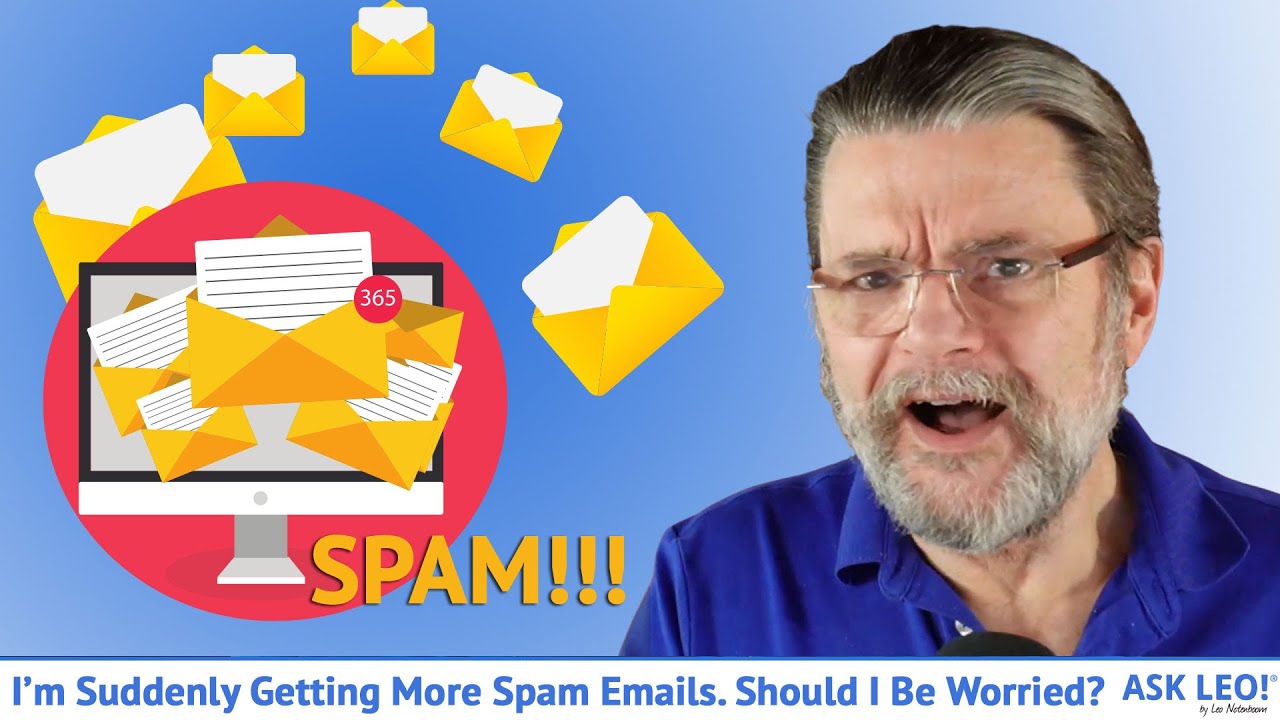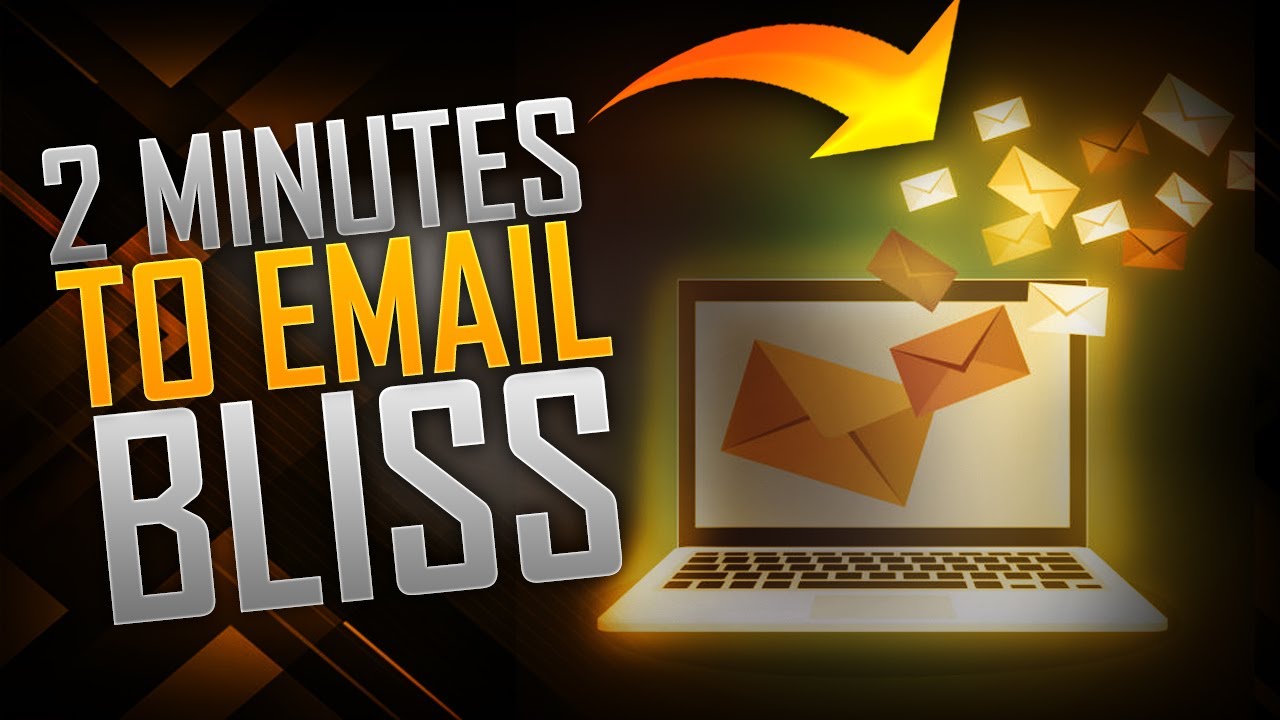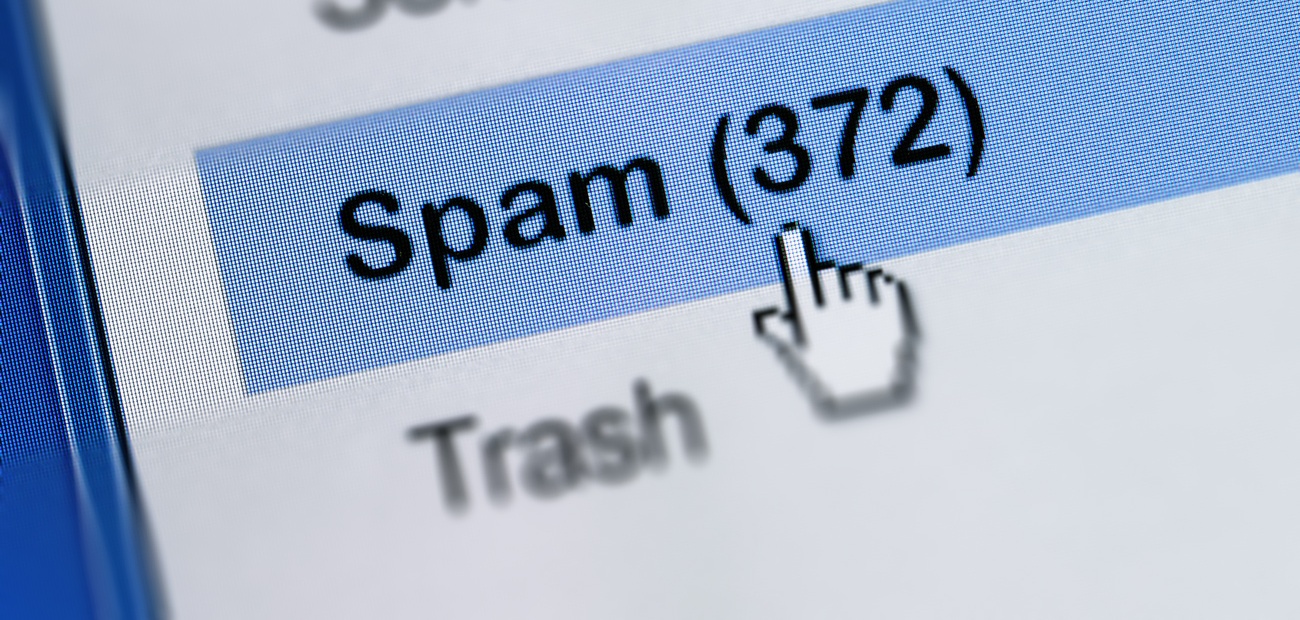Want to know the sender of unsolicited emailsand how tostop getting them? Spam emails are messages that are sent to people who didn't ask to get them. Most of the time, they are sent as mass emails and contain advertising or malware.
Email spam seems to have been around since the beginning of the internet. Spam is usually easy to spot and ignore, but spammers have become much better at making their emails look like something else.
Some spam emails can still get through. Because we get so many emails every day, including businessand personal messages, newsletters, and more, it is very important to know how to spot spam.
What Are Unsolicited Emails?
Email spam, also called junk email, is an unsolicited email that is usually sent in large numbers to a long list of people.
Spam can be sent by real people, but more often it is sent by a botnet, which is a network of computers (bots or spambots) infected with malware and controlled by a single attacker (bot herder).
Spam can also be spread through text messages and social media, in addition to email. Most people find spam annoying, but they think it's just something that comes with using email. Spam is annoying and can fill up email inboxes if it isn't filtered and deleted often enough. However, it can also be dangerous.
Spammers change their methods and messages all the time to trick people into downloading malware, sharing information, or sending money.
Spam emails almost always have something to do with making money. Spammers try to sell and promote questionable products, make false claims, and trick people into thinking something that isn't true. The following are some of the most common spam topics:
- pharmaceuticals
- adult content
- financial services
- online degrees
- work-from-home jobs
- online gambling
- cryptocurrencies
People often think that spam stands for "stupid pointless annoying malware," which is not true. The word comes from a famous Monty Python Flying Circus sketch in which the canned meat product Spam is mentioned over and over again.
How To Tell If An Email Is Unsolicited?
Not all spam gets put in the spam folder. So, knowing how to tell if an email in your inbox is spam is important. Here are seven good ways to tell if an email is a spam:
- Check to see who the email is sent to.If the email isn't sent to your specified email address, it was sent to a lot of other people.
- Look at the "from" address. If the email was sent by a real company or organization, the "from" email address will usually include the domain nameof their main website. Email addresses made up of random letters and numbers or the domain name of a free email service could very well be spam.
- Check the greeting.To get your attention, most real emails will use your name in the greeting. Email marketingtools can be used by businesses and organizations to send personalized greetings to each person on their email lists. There is a good chance that an email that starts with "Hello" or "Dear Valued Customer" is spam.
- Check the email's subject line. If the subject line seems strange or doesn't make sense, or if it says "problem with your website" but the domain isn't yours, this is a sure sign that it is spam. Spam emails with the subject line "problem with your website" are sent to many people, but they have nothing to do with your website.
- Your domain points to a different domain.If the email's domain is forwarded to a different domain, the sender probably didn't visit your site and is probably a spammer.
- Bad Grammar and Spelling. Before a company or institution sends out a newsletter, it usually goes through an editing process to make sure it doesn't have any grammar or spelling mistakes. Spammers don't care about making good content that makes sense, so many spam messages have bad spelling and grammar.
- There is no phone number in the signature. Almost all company emails have a signature or a block of text at the end that has all of the contact information. If the email has no phone number or other way to get in touch with the sender, it could be spam.
Spam emails are annoying, and most of the time they want your private information. Most email programs have spam filters that help stop these messages from getting to the inbox, but some spam mail can still get through.
If you know how to spot spam emails, you won't have to open and respond to these useless, and sometimes dangerous, messages.
Why Unwanted Email Is Bad For You?

I’m Suddenly Getting More Spam Emails. Should I Be Worried?
Here are three bad things about getting emails you don't want:
They Fill Up Your Email Inbox
It's hard enough to keep up with the emails you get from coworkers and the services you subscribe to. Adding unwanted emails only makes things worse because you'll have to sort through a lot of irrelevant emails every day.
This can make you miss out on important conversations and slow you down when it comes to answering important emails.
They Are Risky
Unwanted emails aren't just annoying because they fill up your inbox and make you mad. Cybercriminals also use this method to spread malware. For example, let's say you get an email with a file attached that says it has confidential information and claims to be from a company.
Trojan horses could be put on your computer if you download attachments from people you don't know that might be bad. These viruses can cause a lot of serious problems for innocent people. They can steal sensitive information or damage your computer, among other things.
It's Hard To Get Rid Of Them
Email providers like Gmail, Outlook and Yahoo Mail try to cut down on junk mail by using spam filters and other email security measures. They usually check where these emails come from, what the subject line is, and how many people get the same email.
Also, an Internet Service Provider (ISP) might set up traps to catch any domain, mail server, or IP address that sends suspicious emails or phishing emails. Then, they add these addresses to a list of senders that are blocked.
But spammers and blocked senders can always come up with new ways to get into inboxes, even if all of these measures are in place. It's one reason why we all still get junk emails we didn't ask for. Because of this, it's hard to stop getting spam emails once you start getting them.
Stop Receiving From The Senders Of Unsolicited Emails

How to get rid of junk email for good | Outlook | Gmail | etc.
Even though you might not be able to stop all of these unwanted messages, taking a few steps will cut down on how much spam you get and clean up your inbox so that the messages you want to read are at the top.
Don't Give Out Your Email Address Unless You Have To
Think of your email address as valuable information about you. You don't want just anyone to find out about it, so try to keep it private. Don't post it on message boards or other public places, and don't give it out on websites that you're not sure are real.
Use An Email Account That Won't Matter
If you want to use a site but don't want it to know your real email address, you can use a throwaway account from a site like TempMail. This will keep your real email address safe.
Blur is a good, free plugin for Chrome and Firefox that can also hide your real address. You can get a temporary email address from sites like TempMail.
Set Up Filters For Your Email To Catch Spam As It Comes In
Depending on the email client you use, you can usually set up email filters that send messages with a certain subject line or from a certain sender straight to a junk folder or even your trash folder. Also, if your client marks a message as spam when it shouldn't, you should tell it to stop.
Block The People Who Send You To Spam Emails
Different levels of success can be had with this step. Since spammers often use fake email addresses that change every time they send something, you may still get spam emails even after you block the sender.
But if you keep getting messages from the same address, you can block that address in your email client. This should stop the messages from getting to your inbox. Your email client lets you block emails from certain senders. You can also block emails on your iCloud account to stop spam emails from coming in.
No Matter What You Do, Never Answer A Spam Email
Even though it might be tempting to respond to a spam email with an angry rant or a request to be taken off their contact list for good, this never works out. In fact, the sender will know that your account is active and may send you even more spam because of it.
Don't Buy Anything From Spam Emails Or Click On Any Links In Them
Even though it may seem obvious, a message that seems like spam is probably spam. Don't be tempted to buy anything from them or click on any links they send, even if they seem to offer a way to get off their mailing list.
If you do this, spammers could get access to your private information or share your address with other companies, which could lead to more spam.
If Nothing Else Works, Think About Getting A New Email Address
If you're getting too many spam email messages and the steps above haven't helped, you might want to think about getting a new email address.
People Also Ask
What Refers To Unsolicited Mail?
Email spam, also called junk email, is an unsolicited email that is usually sent in large numbers to a long list of people.
How Do You Manage Unsolicited Emails?
- Send the email to a spam folder.
- Block spam email addresses.
- Change the privacy settings on your email.
- Unsubscribe from mailing lists or newsletters that you don't want.
- Use another email account.
- Use an email filter from a third party.
- Delete suspicious emails.
- Keep bad spam from getting into your device.
Are Phishing Emails Unsolicited?
Spam is email, instant messages, or social media messages that were not asked for. These messages are easy to spot, and if you open or reply to them, it could hurt you. Phishing is when a bad person on the Internet sends an email that looks like it came from a reliable source.
Conclusion
Spam emails are messages that you don't want that are sent to you without your permission. They get into your email inboxes, take advantage of security holes, and are hard to get rid of completely. It's not impossible to cut down on the amount of junk mail you get.
To stop this from happening, keep your email address secret and use a different email address when you're on the web. You can also stop unwanted mail by not replying to any of it, training your anti-spam filter, and using software to protect your computer.
Also, never click on a link or download an attachment from an email you think is spam, and be wary of emails from people you don't know. Now you know the sender of unsolicited emails and how to stop getting them.
